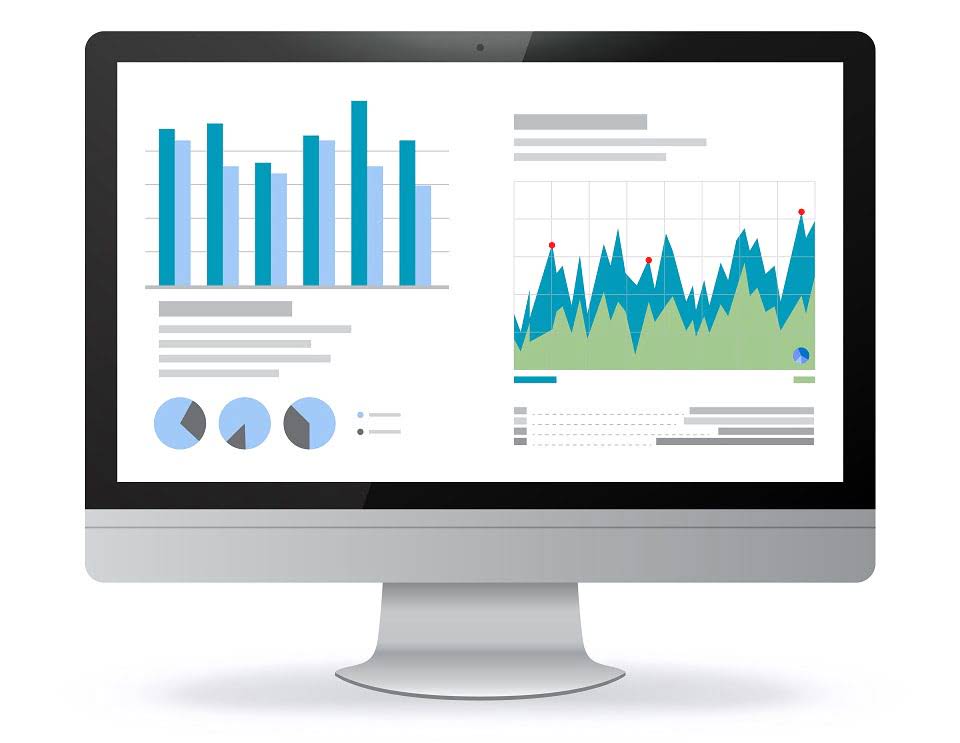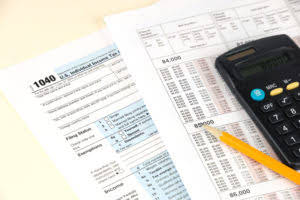
The accounting equation is based on the premise that the sum of a company’s assets is equal to its total liabilities and shareholders’ equity. As a core concept in modern accounting, this provides the basis for keeping a company’s books balanced across a given accounting cycle. The accounting equation underpins the structure of the balance sheet, ensuring that every financial transaction is recorded accurately.

More Accounting Equation Resources
- Similarly, a withdrawal of money by the owner for personal use will decrease the amount of owner’s equity.
- There are many activities that are not considered to be business transactions that are carried out by businesses.
- The inventory (asset) of the business will increase by the $2,500 cost of the inventory and a trade payable (liability) will be recorded to represent the amount now owed to the supplier.
- Essentially, the representation equates all uses of capital (assets) to all sources of capital, where debt capital leads to liabilities and equity capital leads to shareholders’ equity.
- For example, if a company becomes bankrupt, its assets are sold and these funds are used to settle its debts first.
- Individuals also aim to accumulate assets over their lifetime in the form of wealth, investments, bank and retirement accounts, cars, homes, and even the asset of education.
- Liabilities are claims on the company assets by other companies or people.
The double-entry system requires a company’s transactions to be entered/recorded in two (or more) general ledger accounts. One account will have the amount entered on the left-side (a debit entry), while another account will have the amount entered on the right-side (a credit entry). As a result, the total amount of debits in the accounts will be equal to the total amount of credits in the accounts.
- Accounting matters in every industry, from small startups to large global corporations and even government entities.
- A bill issued by a seller of merchandise or by the provider of services.
- Drawings are amounts taken out of the business by the business owner.
- A company’s “uses” of capital (i.e. the purchase of its assets) should be equivalent to its “sources” of capital (i.e. debt, equity).
- Viewed another way, the company has assets of $16,300 with the creditors having a claim of $7,000 and the owner having a residual claim of $9,300.
- That part of the accounting system which contains the balance sheet and income statement accounts used for recording transactions.
Ways To Learn QuickBooks Software

This number is the sum of total earnings that were not paid to shareholders as dividends. In the ever-evolving field of accounting, obtaining a professional certification can significantly enhance your career prospects and establish your credibility in the industry. Numerous accounting certifications are available, and they serve Retail Accounting as a testament to your knowledge, skills, and commitment to professional excellence.

Accounting Equations: Definition, Components, Formula and Examples
- They are deductions from an owner’s equity that are caused by the operation of a business.
- Advertising Expense is the income statement account which reports the dollar amount of ads run during the period shown in the income statement.
- This business transaction decreases assets by the $100,000 of cash disbursed, increases assets by the new $500,000 building, and increases liabilities by the new $400,000 mortgage.
- Bookkeepers and accountants use the above equation to guarantee that the “balance”—i.e., that both sides of the equation are always equal—always holds.
- This consists of all equipment, prepaid expenses, receivables, and property – anything the business owns that reflects its value.
By understanding your career goals and assessing each institute against these factors, you can choose a program that will set you up for success in the accounting field. Financial accounting is a branch of accounting that aims to provide an accurate income summary and transparent overview of a company’s financial performance over a certain time frame. This information is crucial for external parties like investors, creditors, and regulatory bodies who rely on it to make informed decisions. Both the left and the right sides of the accounting equation are changed by this transaction, adding $250 to each.
3 Examples of Assets
Want to learn more about recording transactions and doing accounting for your small business? Deskera Books is an online accounting software that enables you to generate e-Invoices for Compliance. It lets you easily create e-invoices by clicking on the Generate e-Invoice button. Current or short-term liabilities are employee payroll, invoices, utility, and supply expenses. We’ll explain what that means, along with everything else you need to know about the accounting equation as we go on.
- Liabilities also include amounts received in advance for a future sale or for a future service to be performed.
- Individuals who utilize these core concepts in their daily work, from bookkeeping to financial analysis.
- This is the amount of money shareholders have contributed to the company for an ownership stake.
- The accounting equation helps to assess whether the business transactions carried out by the company are being accurately reflected in its books and accounts.
In order to carry out its operations, such as production and sales, the company uses its assets. Thus, ABC & Co. has $17.5 billion of claims against its $17.5 billion of assets. Assets represent the ability your business has to provide goods and services. Or in other words, it includes all things of value that are used to perform activities such as production and sales. Our examples assume that the accrual basis of accounting is being followed. Our examples assume that the accrual basis of accounting explain the accounting equation and what makes up each part. is being used.


